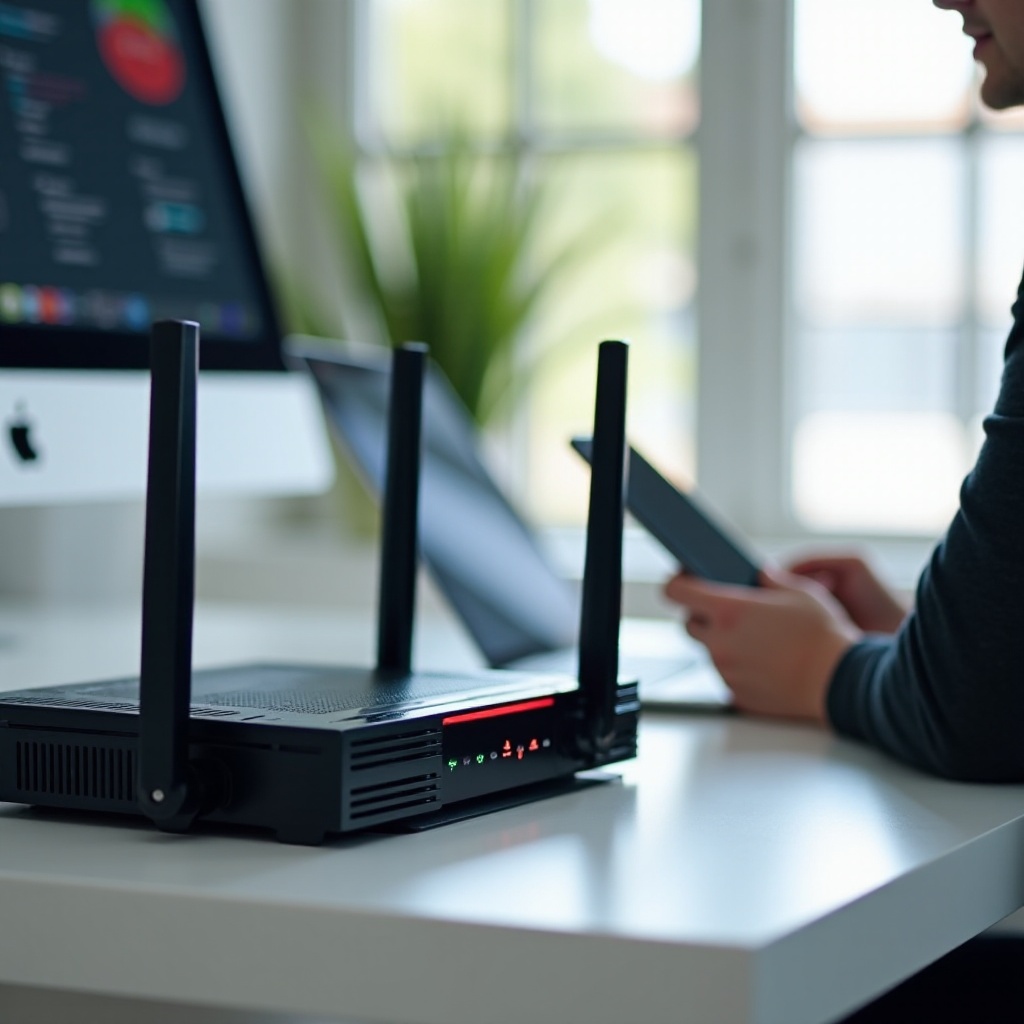Introduction
In today’s connected world, managing your router remotely is not just convenient—it’s an essential skill for both personal and professional environments. With remote control capabilities, you can resolve connectivity issues, tailor network settings, and protect your network efficiently from virtually anywhere. This guide explores the ins and outs of remote control router management, providing essential insights on setup, security, and best practices. Whether you’re addressing network challenges at home or in the office, mastering remote router control ensures optimal performance and security for seamless online experiences.

Understanding Remote Router Control
Remote control of routers extends your reach beyond physical boundaries, allowing precise management of network settings via secure internet connections. Whether updating firmware, troubleshooting connectivity glitches, or optimizing configurations, remote access technologies offer both flexibility and functionality. Particularly beneficial for businesses, IT resources can now address network issues without the need for onsite interventions. Secure protocols and access methods ensure that your network remains safe while providing the flexibility remote management offers. Grasping this capability puts you in command of maintaining an adaptable and secure network environment.
Benefits of Remote Access to Your Router
The advantages of remotely accessing your router are multifold, enhancing both efficiency and security:
- Rapid Troubleshooting: Quickly resolve network issues, minimizing downtime and ensuring a smooth online experience.
- Operational Flexibility: Implement and alter network settings, such as updating access controls or passwords, regardless of your location.
- Proactive Security: Directly monitor and respond to unauthorized access attempts, bolstering network protection against threats.
- Cost-effective Management: Saves the expense and hassle of in-person support, providing streamlined management from anywhere.
Understanding these benefits highlights the importance of mastering remote router control to efficiently manage and secure your network operations.

Setting Up Remote Access: A Step-by-Step Guide
Creating an efficient remote setup is the foundation of remote network control:
Choosing the Right Router for Remote Access
- Check Compatibility: Verify that your router supports remote access capabilities.
- Evaluate Features: Seek routers with VPN support, mobile app accessibility, and dynamic DNS services.
- Security Considerations: Opt for routers that offer robust security mechanisms.
Configuring Dynamic DNS for Remote Connectivity
- Select a Provider: Register with a Dynamic DNS service like No-IP or DynDNS.
- Setup Account: Create an account with your chosen provider and follow their guidelines.
- Integrate with Router: Input your DNS configurations into the router’s settings to activate remote connectivity.
Enabling Remote Management on Popular Routers
- Access the Interface: Use your default IP address to access your router’s interface.
- Enable Remote Management: Locate and activate the ‘Remote Management’ or ‘Remote Access’ settings.
- Set Strong Permissions: Use passwords and permissions to secure your router’s remote access features.
By completing these steps, your router will be poised for secure and flexible remote access.

Ensuring Secure Remote Access
While convenience is a strong point of remote router control, prioritizing security is crucial:
Implementing Strong Passwords and Encryption
- Use Complex Passwords: Create a mixture of letters, numbers, and symbols for all access points.
- Enable Encryption: Activate WPA3 or WPA2 standards to secure your data transmission.
Using VPNs for Secure Connections
- Select a Trusted VPN: Opt for VPNs with formidable encryption protocols.
- Router Integration: Set up VPN connections on your router for additional security layers.
- Test Reliability: Evaluate VPN connections for stable and secure remote access.
These security steps are essential in safeguarding your network from cyber threats and unauthorized intrusions.
Troubleshooting Common Remote Access Issues
Remote access can pose challenges, but preparation is key to overcoming them efficiently:
- Check Connectivity: Ensure that your internet connection is stable and cables are properly fitted.
- Confirm DNS Settings: Validate that your DNS configurations are active and correct.
- Secure Identification: Reassess login credentials and certification validity for access troubles.
By familiarizing yourself with these solutions, you can maintain consistent and effective remote network management.
Best Practices for Remote Router Management
Effective management of remote router access involves adherence to established best practices:
- Regular Firmware Updates: Keep your router’s firmware current to mitigate potential vulnerabilities.
- Monitor Access Logs: Review logs consistently to detect any unusual activity early.
- Evaluate Security Settings: Periodically reassess and update settings to adapt to evolving security standards.
Adopting these practices ensures robust remote management of your router, guaranteeing both security and functionality.
Conclusion
Mastering remote control of your router is integral to managing a modern network effectively. Understanding setup processes, appreciating the benefits, ensuring rigorous security, and embedding best practices into your routine empower you to safeguard and optimize your network flexibly. By embracing these strategies, you enhance both the performance and security of your network, proving remote control as an indispensable tool for adept network management.
Frequently Asked Questions
Can all routers be controlled remotely?
Not all routers support remote access. Review your model’s specifications or consider upgrading to a compatible version.
How can I ensure my remote access is secure?
Use strong, unique passwords, enable encryption, and consider VPNs to secure remote access to your network.
What should I do if I can’t access my router remotely?
Verify internet connectivity, confirm DNS settings, and recheck credentials for accurate access.
